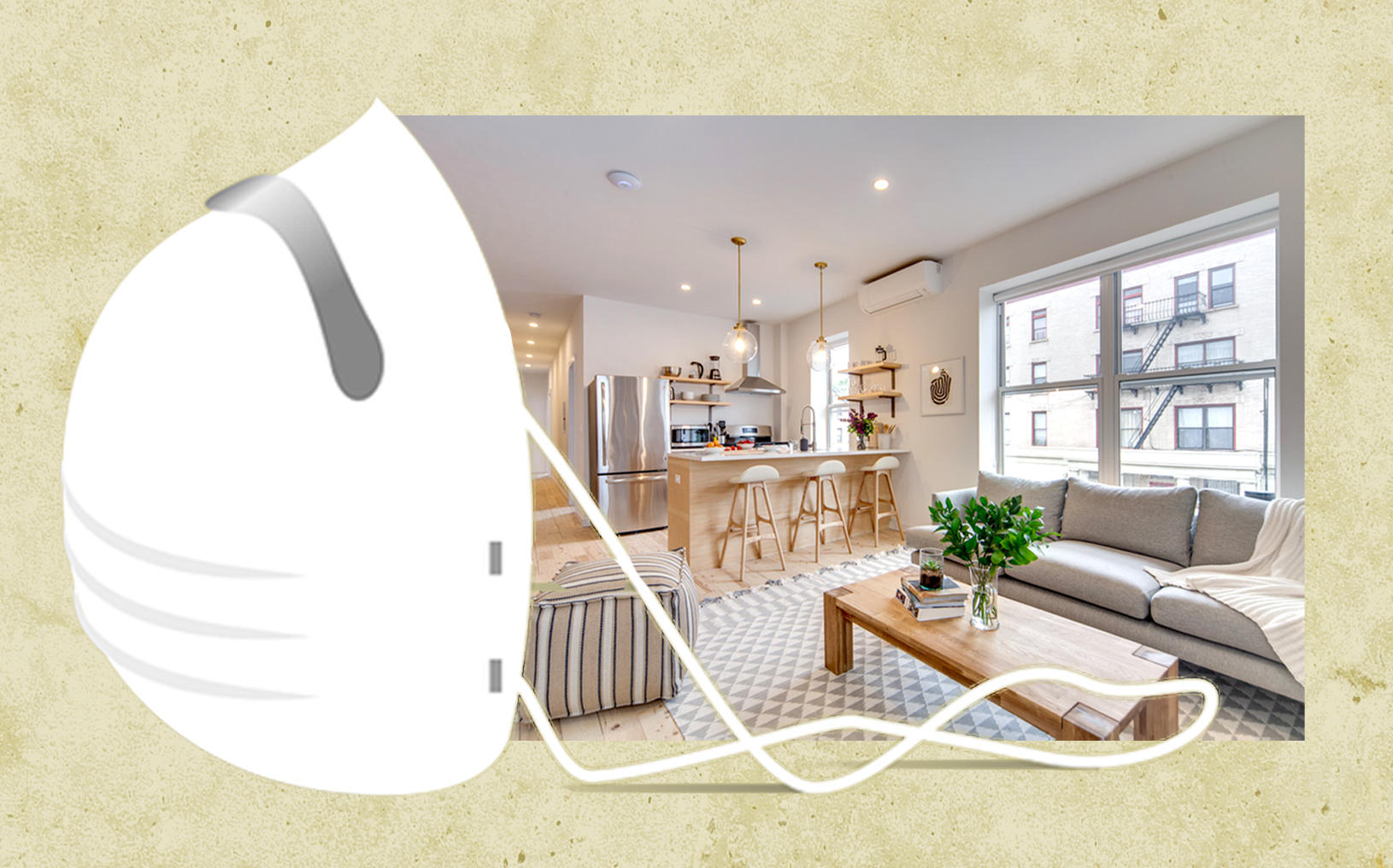Before the pandemic, co-living executives were looking to capitalize on demand for shared, low-cost accommodation — specifically targeting young professionals in major cities.
But now, with thousands of units in the pipeline, the pandemic has called the sector’s business model into question — and executives are predicting a tough 12 to 24 months, according to Business Insider.
“There are a lot of people who are concerned, including us, about the impact of the virus on the co-living sector, given the type of density and how it could drive occupancy lower,” said Carlos Burneo of real-estate investment company Nuveen, which has two co-living conversions in the works. But he said he was confident in the resilience of the housing sector.
Among the other challenges facing co-living, the shift toward remote work may slow the movement of young professionals heading to major urban centers for jobs.
Still, some executives say demand has been steady in recent months — offering hope going forward.
Brad Hargreaves, CEO of Common, told BI he had sustained an occupancy level of about 90 percent across his portfolio, which he attributed to the need for low-cost housing. That’s down from 98 percent pre-pandemic. Unit rents have dropped by up to 15 percent.
“People assume that renters join co-living for the events and gatherings and socialization, but that’s not really the case,” he said. “When we poll our members why they joined, about 60 percent say it’s the affordability.”
Ollie, which operates two co-living facilities in Manhattan and Long Island City, reported that occupancy levels fell to 80 percent. The company’s president, Gregg Christiansen, attributed the decline to the “shut down” of the international market.
[Business Insider] — Sylvia Varnham O’Regan
